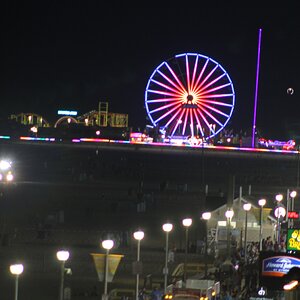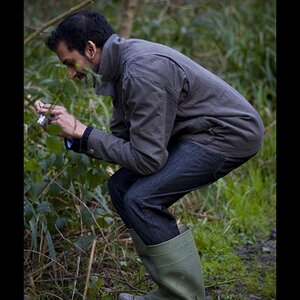- Joined
- Nov 19, 2011
- Messages
- 4,694
- Reaction score
- 5,170
- Location
- Long Island, New York
- Can others edit my Photos
- Photos OK to edit
I had to take the subway in NYC today. Don't tell me if it is illegal to do photography down there. I can always plead insanity if it comes to that.






![[No title]](/data/xfmg/thumbnail/31/31096-b9b8d52b45753cd4f9251832149ef9da.jpg?1619734613)

![[No title]](/data/xfmg/thumbnail/31/31097-95606cf1bf0ecc862078bc333f20d4f7.jpg?1619734614)
![[No title]](/data/xfmg/thumbnail/30/30988-aef3845b94a67d6dcce6e4e59d5d66c3.jpg?1619734553)




